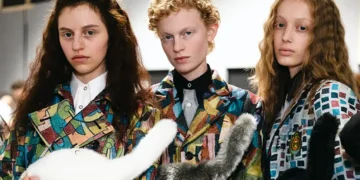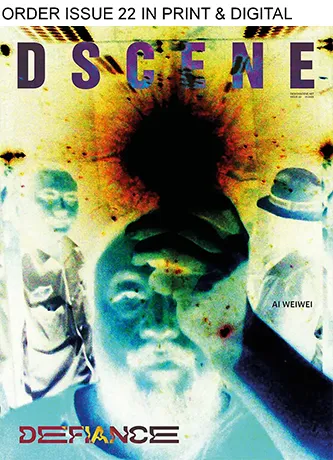
In the latest TOGA FW25 collection, titled “Formal, Informal, Anti-formal,” the traditional boundaries of formalwear are not only pushed but completely reimagined. This bold move in fashion design reflects an emerging dialogue within the industry and among consumers about the relevance of formal dressing in contemporary society. Inspired by the nonconformist style of photographer William Eggleston, known for his artistic rebellion against conventional masculinity and formality, the collection challenges established norms with a fresh perspective on what it means to dress “formally.”
Прикажи ову објаву у апликацији Instagram
Eggleston’s iconic look, often characterized by an untied bowtie, symbolizes a deliberate departure from strict dress codes, suggesting that formality can be subject to personal interpretation rather than societal expectation. This notion of personalized formalwear is central to TOGA’s collection, which uses unconventional materials and designs to question the very definition of formality in clothing. For instance, the inclusion of skirts punctured with holes in the 2017 collection was a provocative statement on the arbitrary rules governing fashion and movement, challenging the traditional symbols of femininity.


Fast forward to 2025, and TOGA revisits these themes with the introduction of the ring micro skirt, a piece that embodies the concept of “anti-formal” wear. Despite its minimal coverage, the skirt is designed in such a way that it guards the wearer’s privacy, playfully suggesting that what is considered revealing is relative and up to the wearer’s own standards. This piece, among others in the collection, invites onlookers to reconsider their views on modesty and exposure in fashion.

TOGA’s Autumn Winter 2025 show is a commentary on the fluidity of fashion, where formal elements are dismantled and reassembled to create something entirely new and introspective. It challenges the audience to ponder where they stand on the spectrum of formality and whether such concepts hold any true weight in an era that increasingly values individual expression and the breaking of boundaries.


With each piece presented, TOGA continues to build a narrative that formal concerns in fashion are indeed becoming outdated, or at least ripe for reinvention. The collection not only reflects a shift in aesthetic preferences but also a cultural shift towards questioning and redefining the rules that have long dictated the way we dress and express ourselves. Through this bold exploration of “anti-form,” TOGA sets the stage for a new era of fashion, one that embraces ambiguity against the conventional.




















